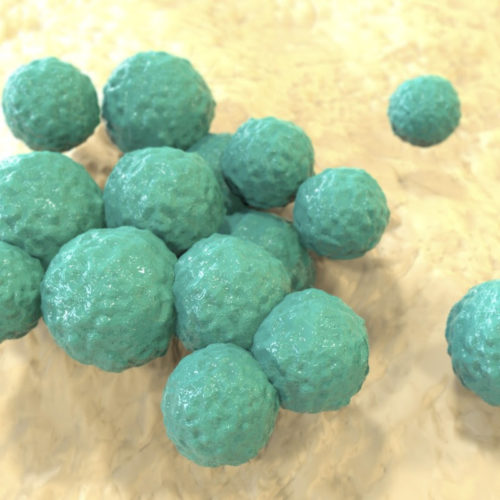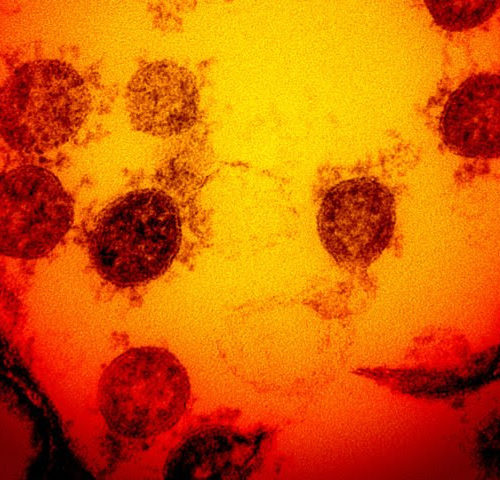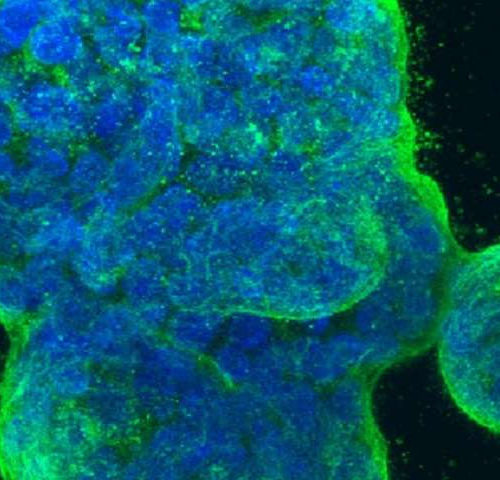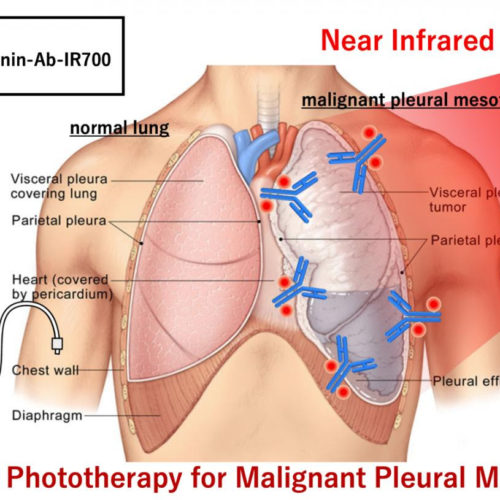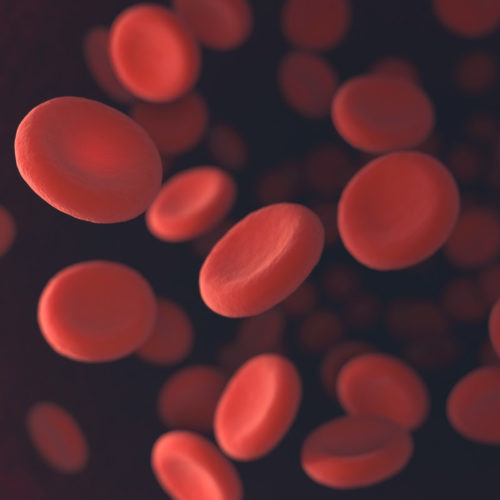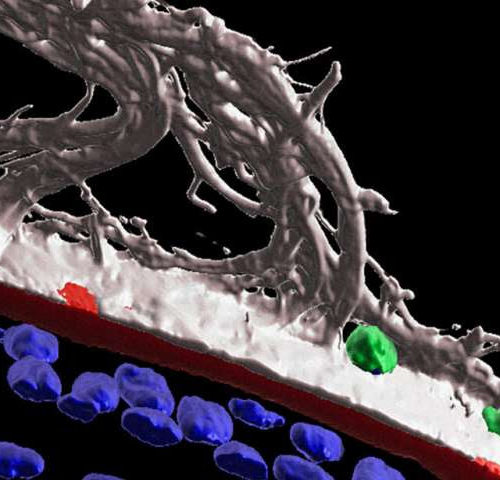The team from Marien Hospital and the department of Virology of Ruhr-Universität Bochum (RUB) as well as the Clinic for Infectious Diseases, the Clinic of Anesthesiology and the Institute for Virology of University Medicine Essen studied specific antibodies and T cells occurring in recovered, seriously ill and deceased Covid-19 patients. The researchers identified comparable immune...
Tag: <span>membrane</span>
Cellulose wound dressing uses peptides to kill bacteria
By Ben Coxworth August 11, 2020 Staphylococci bacteria proved to be no match for the peptide-boosted cellulose fibers katerynakon/Depositphotos VIEW 1 IMAGES Although it’s vitally important to keep wounds free of harmful bacteria, antibacterial ointments have to be regularly reapplied, requiring bandages to be removed. A new wound dressing, however, is claimed to continuously kill...
‘AeroNabs’ Promise Powerful, Inhalable Protection Against COVID-19
As the world awaits vaccines to bring the COVID-19 pandemic under control, UC San Francisco scientists have devised a novel approach to halting the spread of SARS-CoV-2, the virus that causes the disease. Led by UCSF graduate student Michael Schoof, a team of researchers engineered a completely synthetic, production-ready molecule that straitjackets the crucial SARS-CoV-2...
Genetic tool can identify Asian women at higher risk of breast cancer
by University of Cambridge Three-dimensional culture of human breast cancer cells, with DNA stained blue and a protein in the cell surface membrane stained green. Image created in 2014 by Tom Misteli, Ph.D., and Karen Meaburn, Ph.D. at the NIH IRP. A genetic study in Asian women, led by Malaysian scientists in collaboration with Singapore...
TEAM CREATES VESICLES WITHOUT ANY LIPIDS
Scientists have created hollow, spherical sacks called vesicles by using protein and RNA. These bubble-like entities—which form spontaneously when specific protein and RNA molecules mix in an aqueous buffer solution—hold potential as biological storage compartments. They could serve as an alternative to traditional vesicles that are made from water-insoluble organic compounds called lipids, researchers say....
Osmotic stress identified as stimulator of cellular waste disposal
IMAGE OF MOUSE ASTROCYTES SHOWING THE ACTIN CYTOSKELETON (RED) AND LYSOSOMES (GREEN) view more CREDIT: TANIA LOPEZ-HERNANDEZ Cellular waste disposal, where autophagy and lysosomes interact, performs elementary functions, such as degrading damaged protein molecules, which impair cellular function, and reintroducing the resulting building blocks such as amino acids into the metabolic system. This recycling process...
Shining light on a malignant lung cancer
A near-infrared light treatment could help manage a rare form of lung cancer THE THERAPY COULD INVOLVE INJECTING A PODOPLANIN ANTIBODY CONJUGATED WITH A PHOTOABSORBER AND THEN SHINING NEAR-INFRARED LIGHT INTO THE CHEST CAVITY. Treating a rare type of malignant lung cancer could improve, thanks to near-infrared irradiation and a cancer-targeting compound. Nagoya University oncologist...
Scientists gain detailed images of how a protein that calms brain activity works
The findings provide a clear path to uncovering new drugs to control addiction, pain and neurological disorders such as epilepsy and muscle spasticity CREDIT: (ILLUSTRATION BY YEKATERINA KADYSHEVSKAYA/BRIDGE INSTITUTE AT THE USC MICHELSON CENTER FOR CONVERGENT BIOSCIENCE.) As the body goes about its daily business, molecules called neurotransmitters control the level of electrical activity within...
New synthetic red blood cells are even better than the real thing
By Michael Irving June 03, 2020 Researchers have created synthetic red blood cells (RBCs) that have all of the useful properties of the real thing, plus a few new tricks. These new cells could be put to work carrying oxygen or drugs through the body, sensing toxins, and other tasks. It goes without saying that...
Eye injury sets immune cells on surveillance to protect the lens
by Thomas Jefferson University 3D surface structure imaging at one day post-corneal wounding shows immune cells (CD45+, green) migrating along within ciliary zonule fibrils (MAGP1+, white) that extend along the surface of the matrix capsule that surrounds the lens (perlecan+, red). Also seen are the ciliary zonules (white) that link the lens to the ciliary...
- 1
- 2

